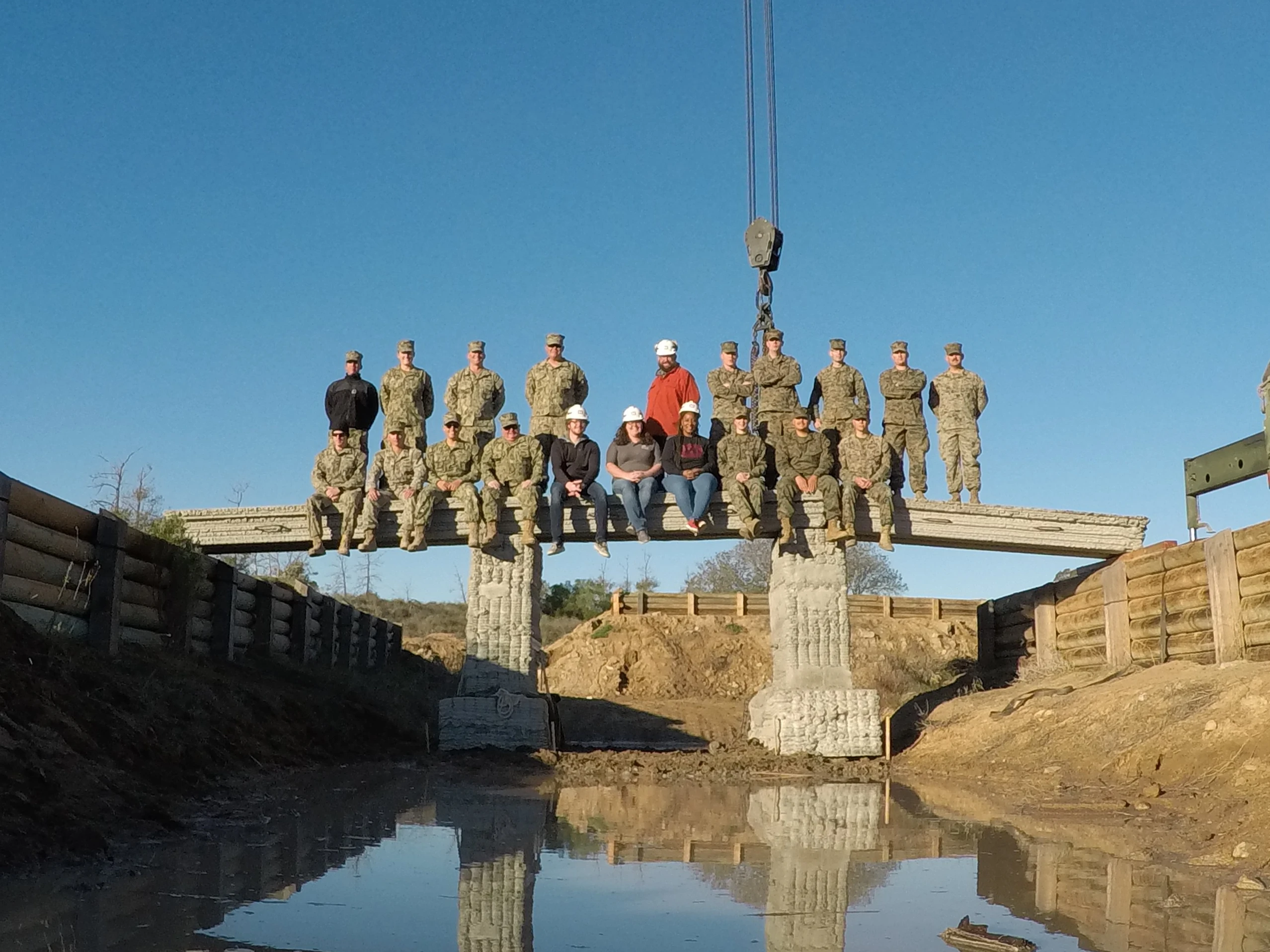Part One – From Inception to the Early 1900s
The U.S. Army Corps of Engineers (USACE) has played an instrumental role in shaping America’s waterways, impacting pleasure boating significantly. Their contributions span centuries, involving vital projects that ensure navigable and safe waterways across the country. This extended narrative details their efforts and the profound influence they have on recreational boating.
1802 – Birth of the U.S. Army Corps of Engineers
As the founder of the United States Army on June 16, 1775, General George Washington recognized the need for engineering expertise within military operations. This led to the formal establishment of the Corps of Engineers in 1802 as part of the Army. One of its initial responsibilities was the management of the U.S. Military Academy at West Point, laying the groundwork for America’s engineering education.
Pre-War Contributions and the 1812 Conflict
Prior to the War of 1812, USACE was increasingly involved in civil construction projects, vital for transportation and defense. They began mapping channels and clearing harbors, which were essential for facilitating military readiness. With increasing tensions, notably around New York City, they built fortifications like Fort Wood, which later became known as the base for the Statue of Liberty.
Realizing the inadequacies in transportation for wartime logistics, U.S. Treasury Secretary Albert Gallatin commissioned a report in 1808 which advocated for improved transportation routes, becoming a precursor for many river-based projects that followed.
The General Survey Act of 1824
After the War of 1812, Gallatin’s proposals gained traction with the General Survey Act of 1824 which empowered the USACE to oversee waterway maintenance and improvements. This marked the beginning of a new era of enhanced navigation, leading towards the incorporation of the U.S. Coast Guard in supporting these operations.
Early Engineering Marvels – A Peek into Capability
Throughout the 1800s, USACE showcased its versatility, improving navigation on pivotal rivers and lakes, aiding in landmark constructions such as the Washington Monument. Their work on the Potomac River included enhanced navigation systems—crucial for recreational boating as waterways developed into lifelines for trade and leisure.
1823 – Pioneering Surveys of the Great Lakes
Exploration by USACE in 1823 initiated systematic surveying of the Great Lakes. This operation transcended logistical mapping; it established precise navigation charts to ensure safe passage through nearly 10,000 kilometers of shoreline. The first wave of comprehensive charts in 1860 was crucial for boating enthusiasts, allowing safer access to one of America’s greatest recreational watersheds.
Impact of State Initiatives
During the 1820s, New York proactively developed its canal system despite federal hesitation, pushing ahead with significant projects like the Champlain and Erie Canals. Such undertakings were pivotal in enhancing commerce and leisure boating experiences.
Construction of Coastal Lighthouses (1831-1851)
The era saw a flurry of lighthouse constructions, enhancing both maritime navigation and coastal safety. Notable structures like Cape Hatteras and Montauk Point were built, and these lighthouses transformed the boating landscape, allowing greater access to delightful coastal destinations for sailors.
Reforming the Ohio River (1877-1929)
The Ohio River was vital for commerce but posed safety challenges due to its shallow and unpredictable conditions. USACE’s establishment of the Davis Island project revolutionized this route, introducing a series of locks and dams that created a navigable channel. As a result, boaters can now navigate comfortably through extensive networks, making the river a significant recreational site.
Enabling Pleasure Craft Through Dams and Locks
By the mid-20th century, USACE’s extensive work on locks and dams transitioned many rivers into major thoroughfares for both commercial and recreational boating. This infrastructure not only fostered the commercial transport of goods but also enriched the leisure experiences for boating enthusiasts, marking new destinations that are accessible year-round.
The Tennessee Valley Authority Development
Post-Great Depression, the Tennessee Valley Authority was created, and USACE played a key role in constructing locks and dams that significantly improved navigation on rivers, enhancing local recreation. Access areas increased across lakes and reservoirs fostering boating activities in previously inaccessible regions.
Conclusion: The Vital Role of USACE in Boating Culture
The vast contributions by the U.S. Army Corps of Engineers have not only bolstered America’s commercial transportation but have fundamentally enhanced pleasure boating experiences. As boating becomes increasingly popular, understanding the pivotal roles played by historical engineering projects reveals a deeper appreciation for the waterways traversed. Whether planning a sailing adventure or a serene lake day, these engineered waterways shape the experiences that captains and leisure sailors enjoy today.
In summary, the U.S. Army Corps of Engineers remains an unsung hero in the realm of boating, ensuring safe navigable waters, enriching local economies, and fostering recreational activities that celebrate the freedom of the open water. As you consider your next escape to the coast, remember that renting a boat can provide a unique vantage point on the landscapes shaped by these endeavors. Every inlet and bay offers a story waiting to be explored, echoing the rhythm of life and culture intertwined with the waterfront experience. If you are planning your next trip to the sea, you should definitely consider renting a boat, as each inlet, bay, and lagoon is unique and tells you about the region just as much as the local cuisine, architecture, and language GetBoat.com.
The narrative presented here illustrates the complex interplay of history and modern leisure. As boating continues to be a thriving activity, both casual and serious sailors can appreciate the foundational work done by the engineers. Take the leap and consider your options for scenic routes through America’s waterways as GetBoat offers the tools and resources necessary for an adventure that reflects your taste and budget.


